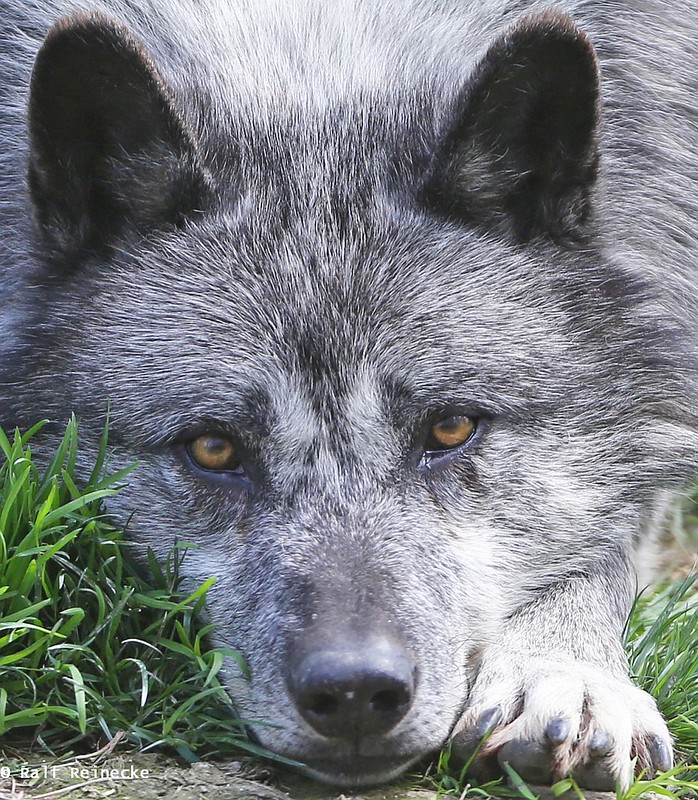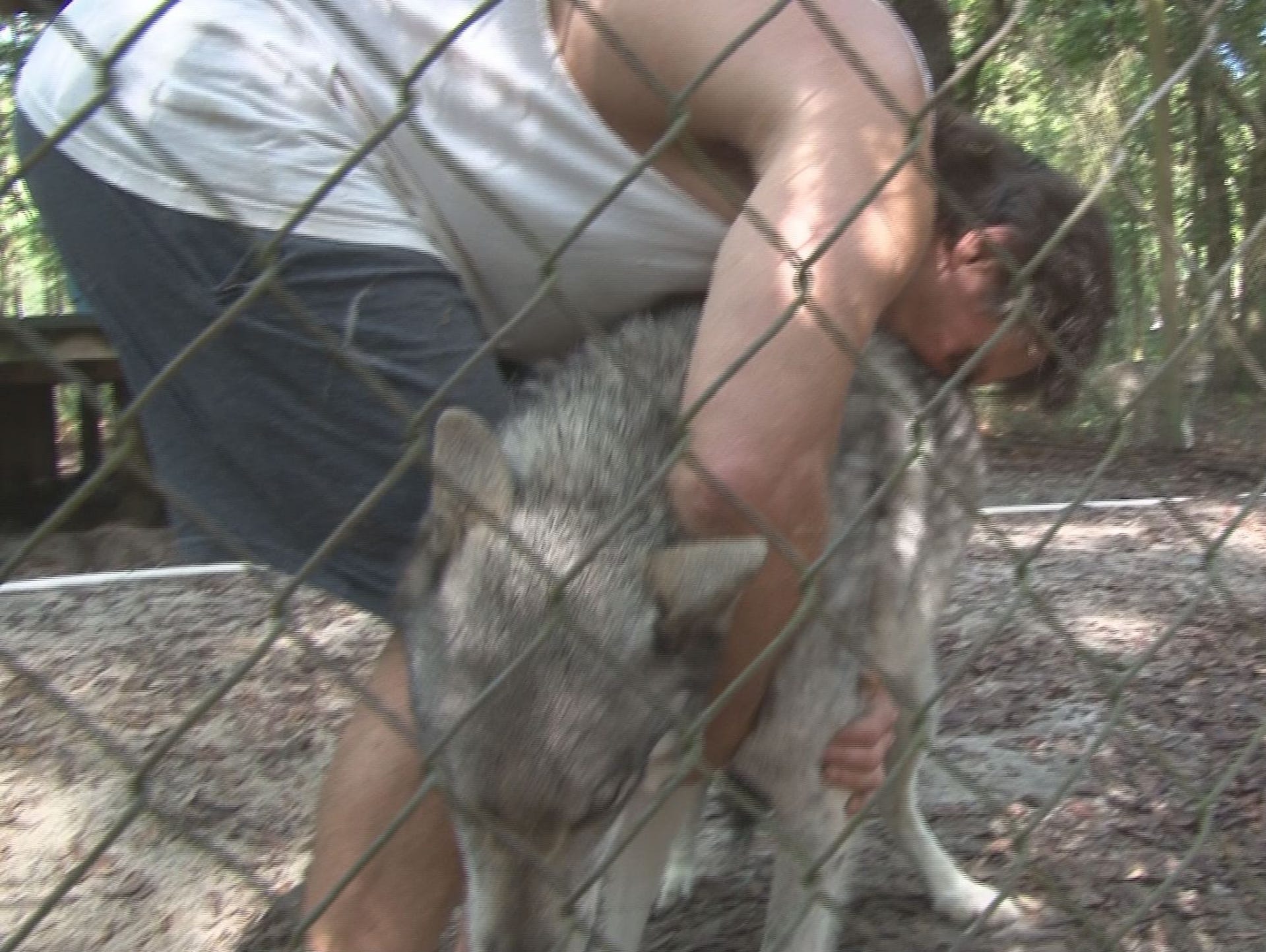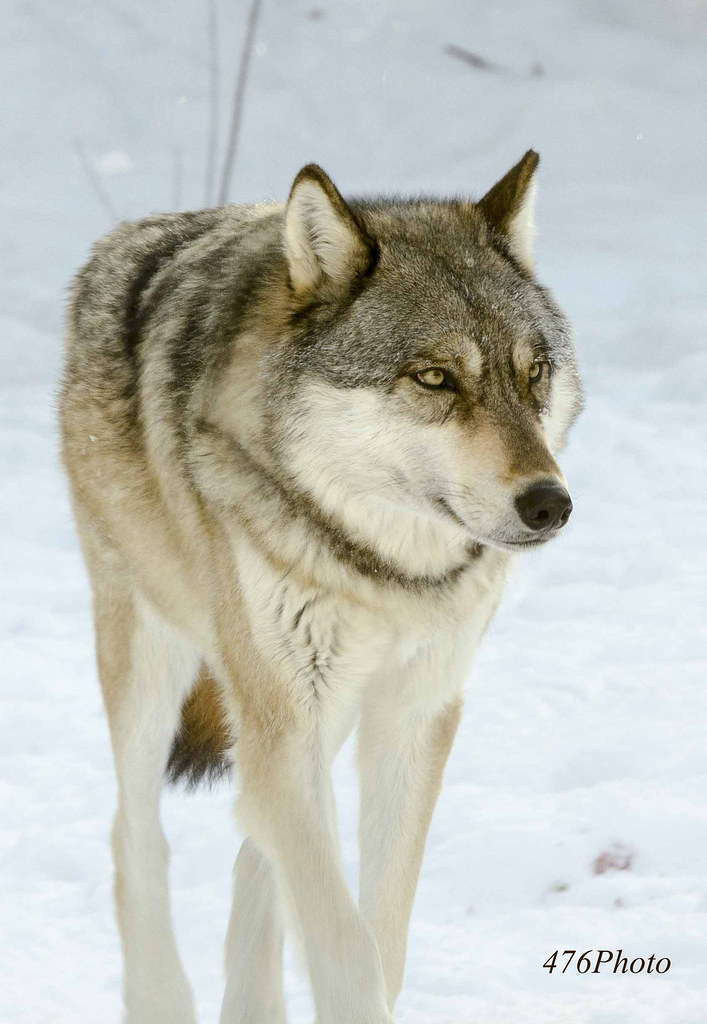
29 April 2015
What the return of the wolf can mean to the West
It was a cold, snowy day in January of 1995 when, lining the street near the Roosevelt Arch in Yellowstone National Park, local school children, environmentalists, biologists, ranchers, outfitters, tourists, and state and federal officials watched crates containing eight gray wolves carried into Yellowstone. Many in the crowd celebrated a great victory. Others looked on in dismay, fearful of what reintroducing wolves would mean for the future of their ranching and hunting heritage.This renewed presence of the wolf in the West sometimes clashes with the multi-generational ranching operations that fill the landscape. The debate about wolves challenges relationships between friends and neighbors and between county, state, federal and tribal governments. Now, 20 years later, some ranchers have weathered the debate realizing that wolves are here to stay and are building operations that reflect the presence of this dynamic and cunning predator. Here is the story of one such ranch, the J Bar L Ranch, in the words of the owners and operators.
The J Bar L Ranch
The J Bar L Ranch sits in one of the most remote corners of Southwest Montana. We raise all-natural, grass-finished beef and sell it through our beef company, Yellowstone Grassfed Beef. Our cattle graze year-round in multiple locations surrounding Yellowstone National Park in an effort to have the right age of cattle, in the right places, and at the right times of year. We graze our cattle in a way that maintains wildlife habitat and diverse, healthy ecosystems. Our goal is healthy, productive rangeland, thriving wildlife populations and healthy, happy cattle.
With some of our herds grazing less than three miles from the Yellowstone, we know the challenges of ranching on a landscape shared with wolves and grizzly bears. Over the past few years, we have begun participating in community-based programs to combine grazing practices that improve range condition with methods to help minimize conflicts between livestock and predators.
(story continues below)
Range riders keep the herd together, and keep a lookout for predators.
For centuries past, bison roamed much of North America in the presence of large predators and human influence. The predators and people kept the enormous herds bunched together (since there is safety in numbers) and constantly moving. Our goal on the J Bar L is to have our cattle mimic these historic grazing patterns as closely as possible. The bison planted seeds with their hooves, pushed ‘mulch’ down onto the soil surface to minimize erosion, and fertilized the land with their dung and urine. By working together as a herd, bison stand their ground and defend each other from predators. None of this would be accomplished if they functioned as a scattered herd of individuals. Our goal on the J Bar L is to follow the ways of the bison. Doing this has given us greatly improved range conditions and few conflicts with predators.
One tool we use to accomplish this is low stress stockmanship. For six years, this practice has helped rekindle the herd instinct in our cattle, encouraging them to behave similar to bison by moving around more as a herd, and by sticking together in case predators are near. This differs from the traditional handling methods that encourage cattle to scatter out across the range.
A
trail camera captures a shot of a wolf in the area. Images like this
are a nice reminder that the methods the ranch uses allows the area’s
wolves to remain safe in their own habitat.
By employing range riders, we have had the opportunity to be out with our cattle more often, and can remove sick or injured animals so they do not become a target for predation. It also means that when the livestock encounter wolves, we are more likely to be there to haze predators from the area. Hazing is a non-lethal technique that has been effective at discouraging wolves from targeting cattle, and keeps both wolves and cattle alive.
We also use portable electric fencing to keep cattle bunched together. This is another tool that encourages cattle to stay together as a herd, reducing the risk of attacks from predators. In 2014 we had an active wolf den near the pasture area, but using the electric fencing kept the herd together and the wolves away. All wolves and pups survived, and so did all the cattle – and with exceptional weight gain. Despite the consistent presence of wolves, we have not lost any cattle in areas where we are grazing cattle with temporary electric fence.
Living with Wildlife
Defenders helps ranchers put proven, nonlethal solutions into practice to prevent attacks on livestock, from using range riders to patrol for wolves to using electric fencing to keep grizzlies out of small pastures or chicken coop.
To date, no wolves or bears have been
killed on or off of the ranch as a result of our ranching business. We
are proud of this legacy of conservation, stewardship, and love for the
landscape we call home. If you appreciate our efforts, one simple way to
advance this kind of ranching is to purchase our beef online at www.yellowstonegrassfedbeef.com. We ship the frozen beef conveniently to any location in the US.
We
would like to thank Defenders of Wildlife for their support and
encouragement as we try to redefine the ranching model to one that
includes coexisting with predators and takes a holistic approach to
management. Wildlife, cattle and communities can all thrive together.















 Canis
rufus, one of the southeast's rarest predators, was once found along
the Atlantic and Gulf Coasts, west to central Texas and north to the
Ohio River Valley. By 1980, this majestic animal was functionally
extinct in the wild due to habitat loss and systematic extermination.
Thanks to captive breeding, a recovery program was started in 1987 in
northeast North Carolina.
Canis
rufus, one of the southeast's rarest predators, was once found along
the Atlantic and Gulf Coasts, west to central Texas and north to the
Ohio River Valley. By 1980, this majestic animal was functionally
extinct in the wild due to habitat loss and systematic extermination.
Thanks to captive breeding, a recovery program was started in 1987 in
northeast North Carolina.
